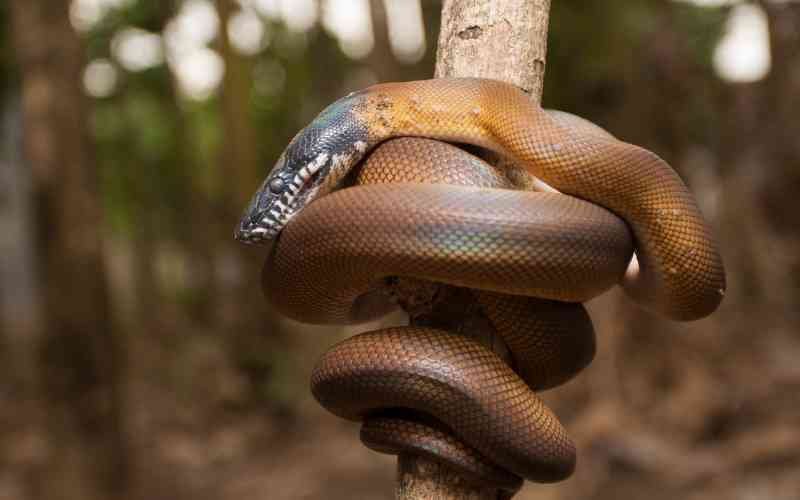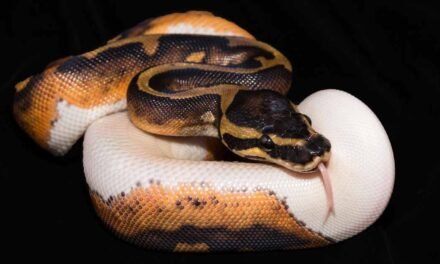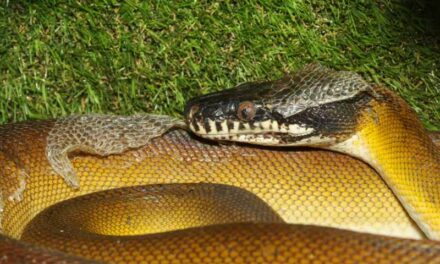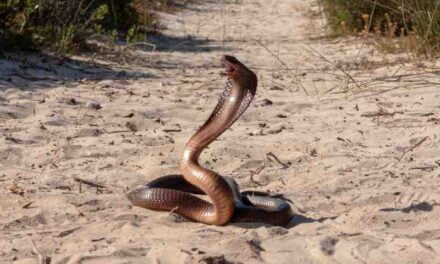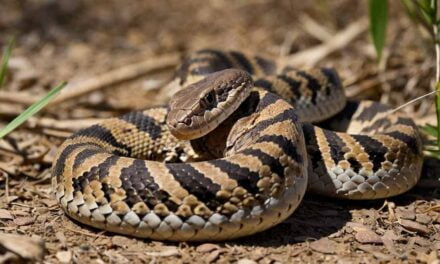White Lipped Pythons is a genus of snakes in the family Pythonidae that are native to the lowland forests and rainforests of New Guinea². They are known for their iridescent scales, black head, and white lips¹. They are also considered to be aggressive and defensive snakes that are not suitable for beginners³. In this blog post, we will explore the habitat and natural history of White Lipped Pythons, from their distribution and diversity to their diet and reproduction.
The Distribution and Diversity of White-Lipped Pythons
White Lipped Pythons are endemic to New Guinea and some of its surrounding islands, such as Salawati, Biak, Normanby, Mussau, and Emirau¹. They have also been reported in some of the islands in the Torres Strait between Australia and New Guinea². However, they are not native to Australia and have likely been introduced by humans.
White Lipped Pythons belong to the genus Bothrochilus, which contains six species: B. albertisii, B. biakensis, B. boa, B. huonensis, B. meridionalis, and B. weberi⁴. These species differ in their size, coloration, pattern, and scale counts. The most common and widespread species is B. albertisii, which is also known as the Northern White-Lipped Python or D’Albertis’ Python. This species can grow up to 7 feet in length and has a bronze, gray, or golden body with a black head and white lips¹.
The Habitat and Ecology of White-Lipped Pythons
White Lipped Pythons inhabit various habitats in New Guinea, from rainforests to swamps to cutover clearings¹. They prefer moist and humid environments with plenty of cover and access to water sources. They are mostly terrestrial but can also climb trees and swim well. They are nocturnal hunters that use their heat-sensing pits to locate warm-blooded prey.
White Lipped Pythons feed on a variety of animals, such as rodents, birds, bats, lizards, frogs, and other snakes¹³. They use their sharp teeth and powerful jaws to grab their prey and then wrap their muscular bodies around it to constrict it until it suffocates or dies from cardiac arrest. They can swallow prey whole by dislocating their lower jaw and expanding their skin and ribs. They can digest almost everything except for hair, feathers, scales, and bones.
White Lipped Pythons are solitary animals that only come together for mating. They are oviparous, meaning they lay eggs. The female lays a clutch of around 10 to 20 eggs in a moist and hidden spot, such as a hollow log or a burrow¹³. She then coils around the eggs to protect them and regulate their temperature until they hatch after about two months. The hatchlings emerge from the eggs at around 20 inches long and are independent from birth.
The Conservation Status of White-Lipped Pythons
White Lipped Pythons are not listed as endangered or threatened by the IUCN Red List of Threatened Species⁵. However, they face some threats from habitat loss due to deforestation, mining, agriculture, and urbanization. They are also hunted for their skin, meat, and pet trade. Although they are not protected by law in New Guinea, they are regulated by CITES (the Convention on International Trade in Endangered Species of Wild Fauna and Flora), which requires permits for their exportation⁶.
White Lipped Pythons are popular among reptile enthusiasts who appreciate their beauty and challenge. However, they are not recommended for beginners or casual keepers due to their aggressive and defensive nature. They require specialized care and handling to ensure their health and well-being. If you are interested in keeping a White Lipped Python as a pet, make sure you do your research beforehand and obtain one from a reputable breeder or rescue organization.
Source: Conversation with Bing, 6/25/2023
(1) Meet the rainbow serpent: the white-lipped python – Australian Geographic. https://www.australiangeographic.com.au/blogs/creatura-blog/2019/09/meet-the-rainbow-serpent-the-white-lipped-python/
(2) White-Lipped Python ⋆ SnakeEstate. https://www.snakeestate.com/pythons/white-lipped-python/
(3) White-Lipped Python 101: Care, Diet, Habitat Setup & More – Reptile.Guide. https://reptile.guide/white-lipped-python/
(4) White-Lipped Python: Care Guide & Species Profile. https://reptileszilla.com/white-lipped-python-care-guide-species-profile/
(5) White-Lipped Python Care: Size, Enclosure, Diet & More! – Reptile Direct. https://www.reptiledirect.com/white-lipped-python/
(6) White-lipped Python – Learn Everything About This Magnificent Snake. https://www.iworksolo.com/white-lipped-python/

